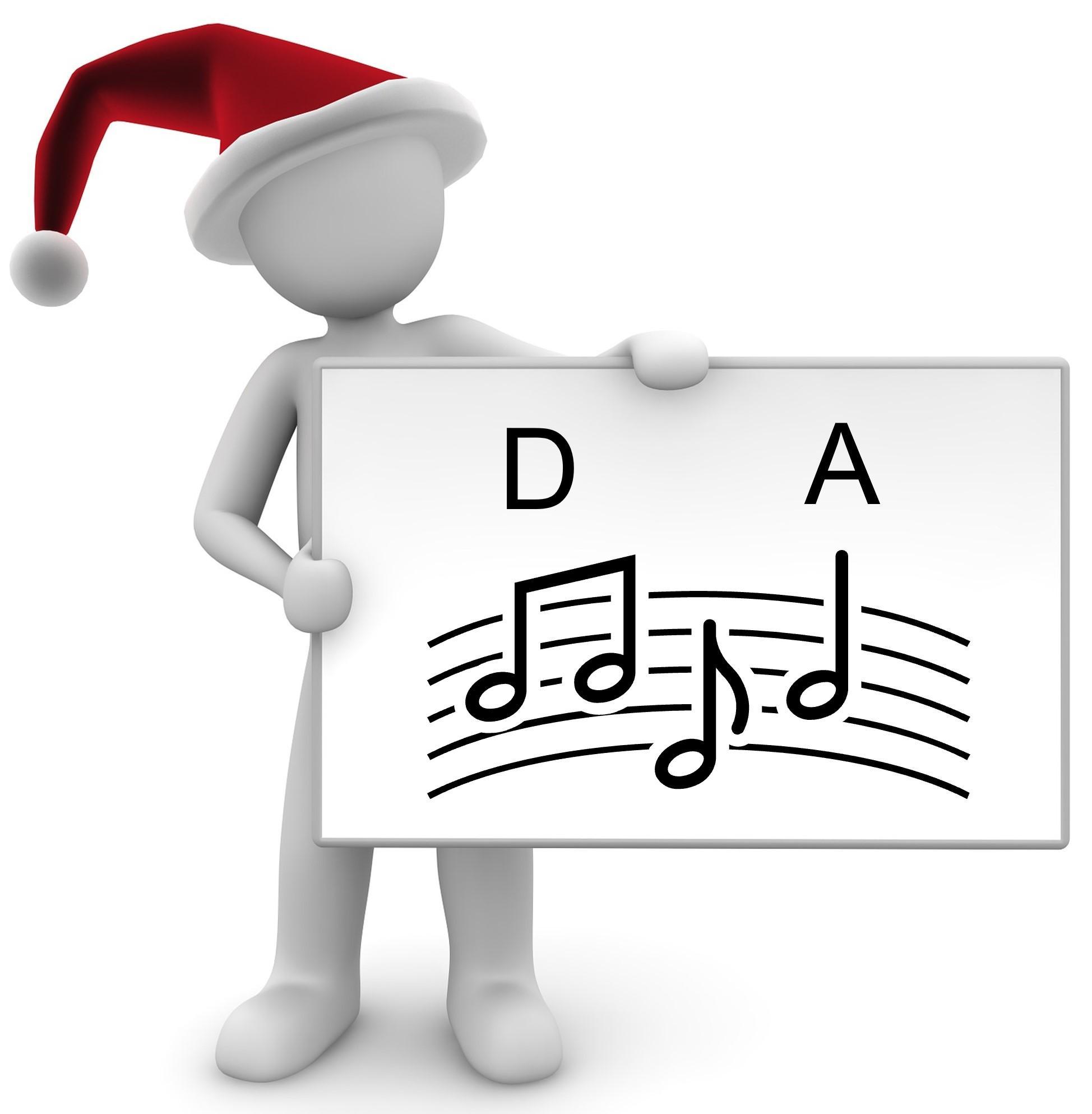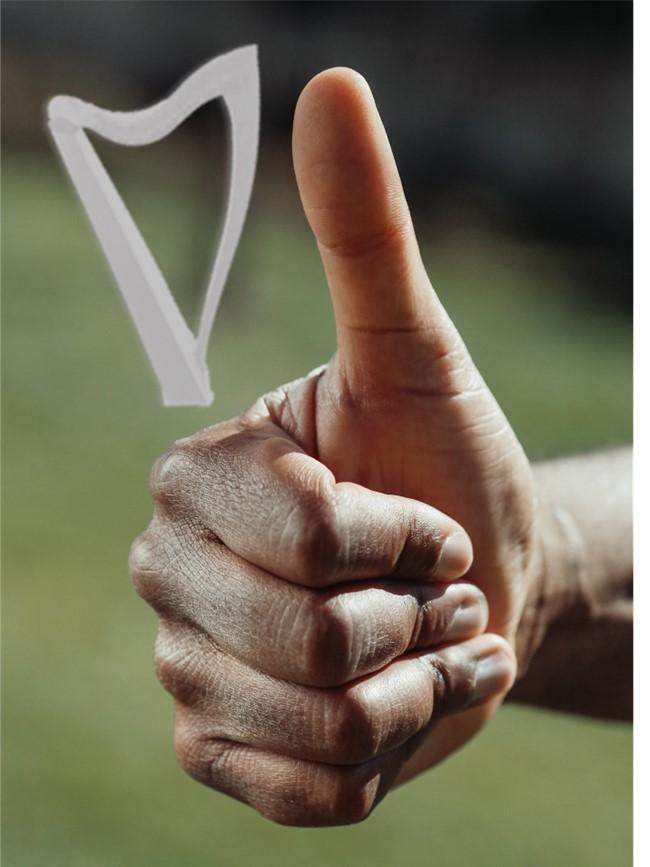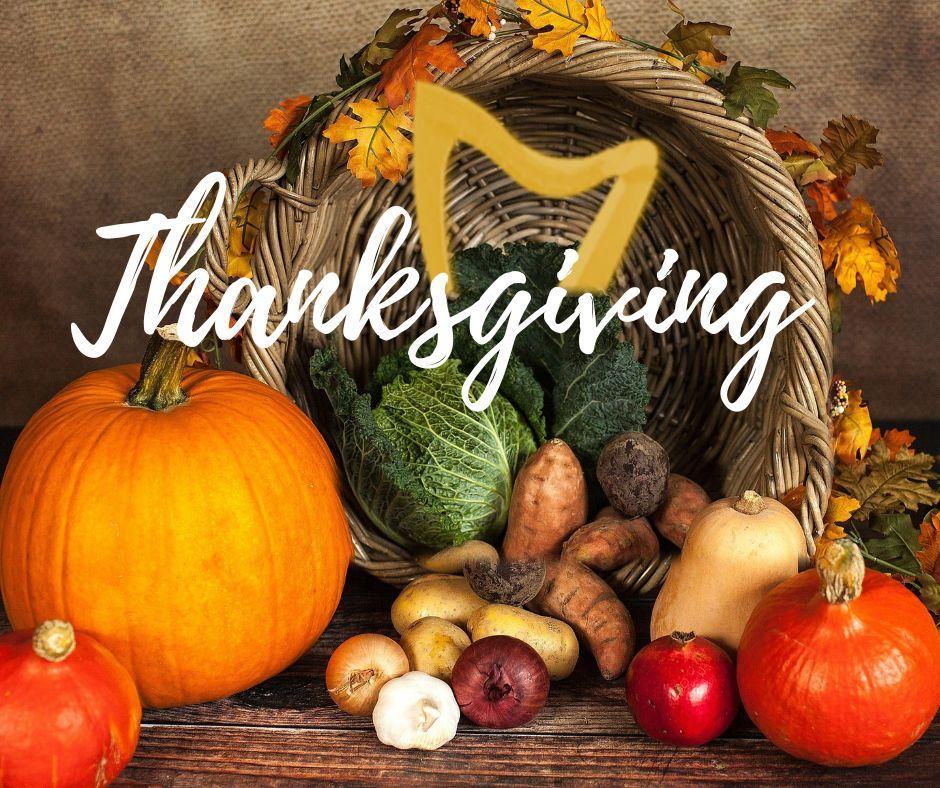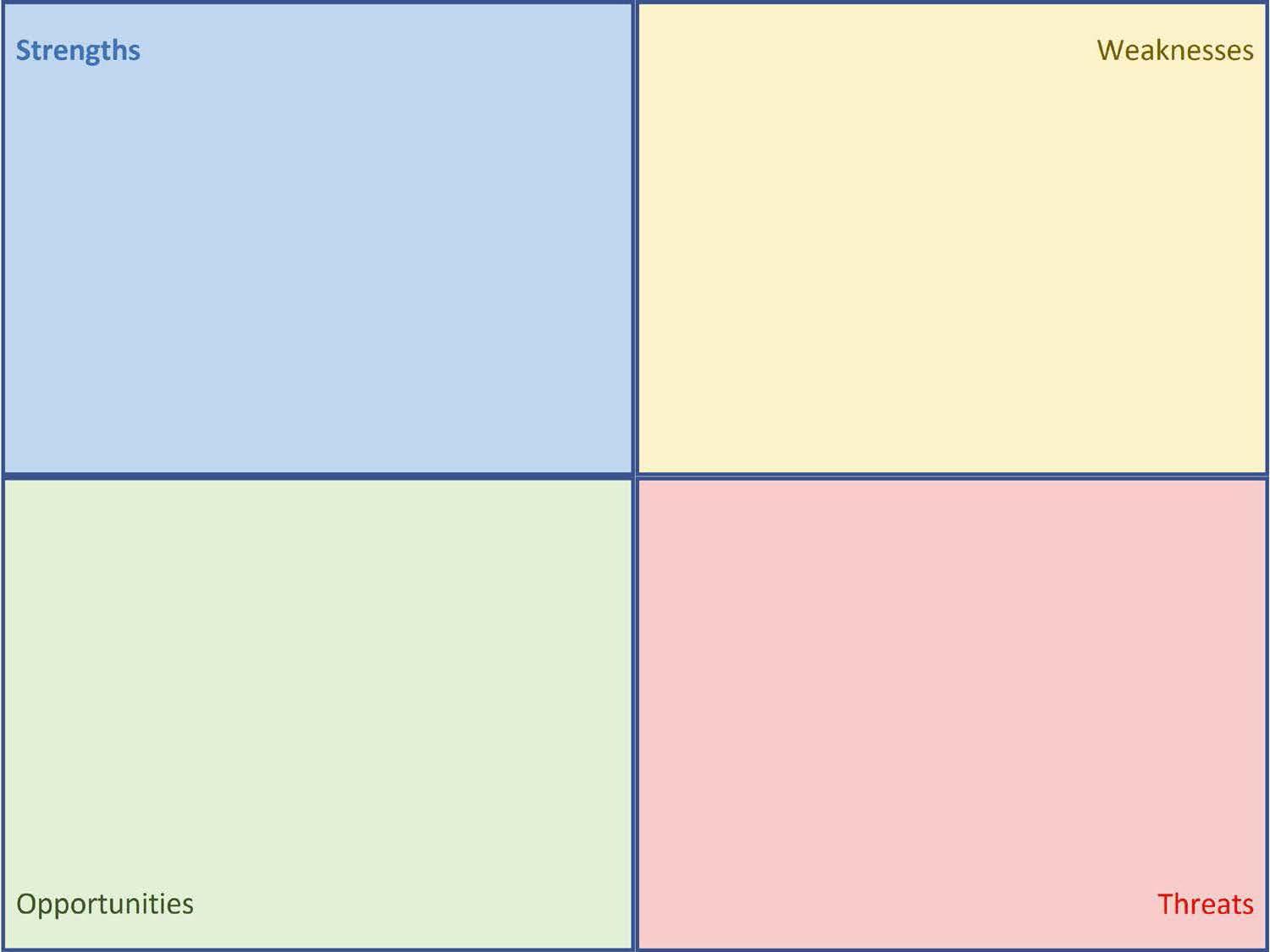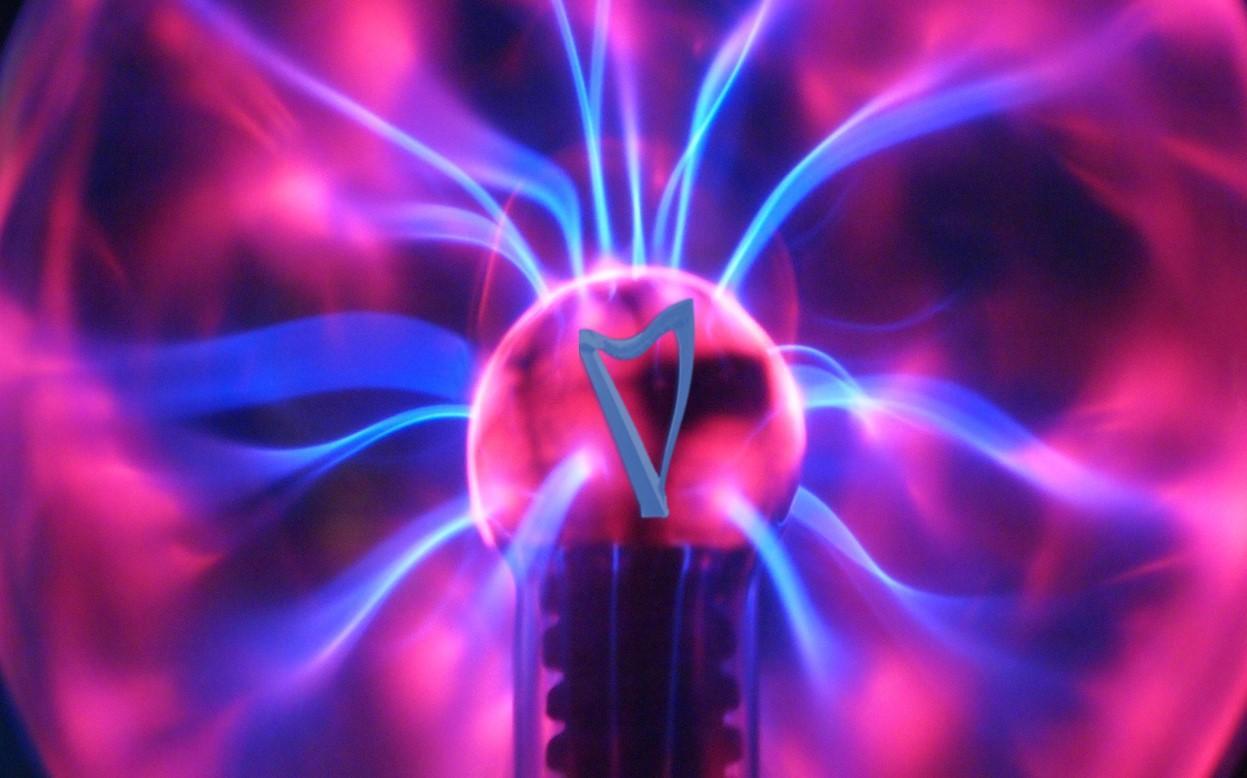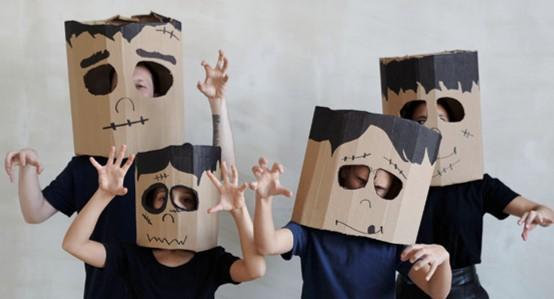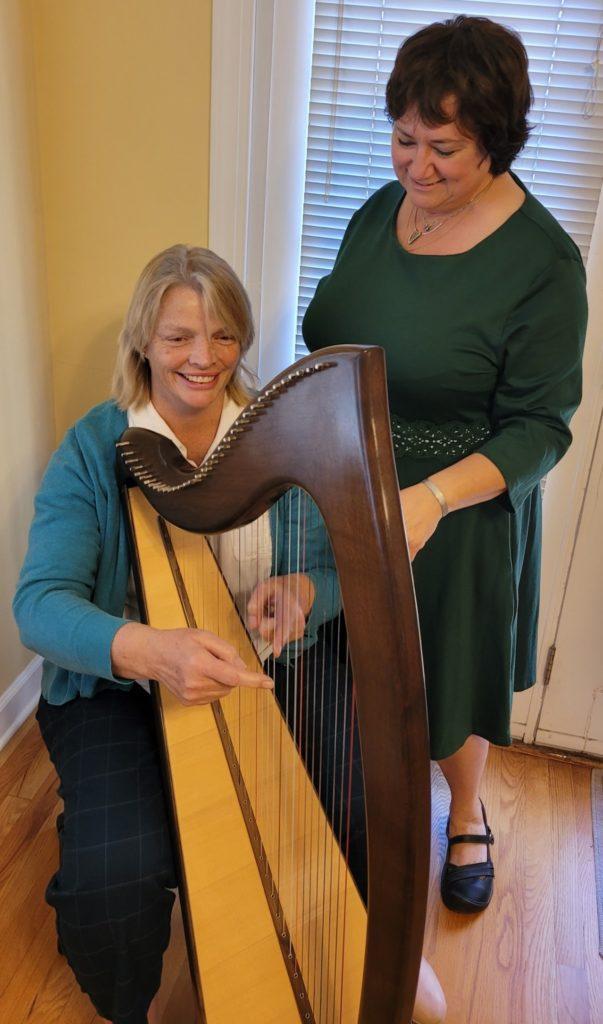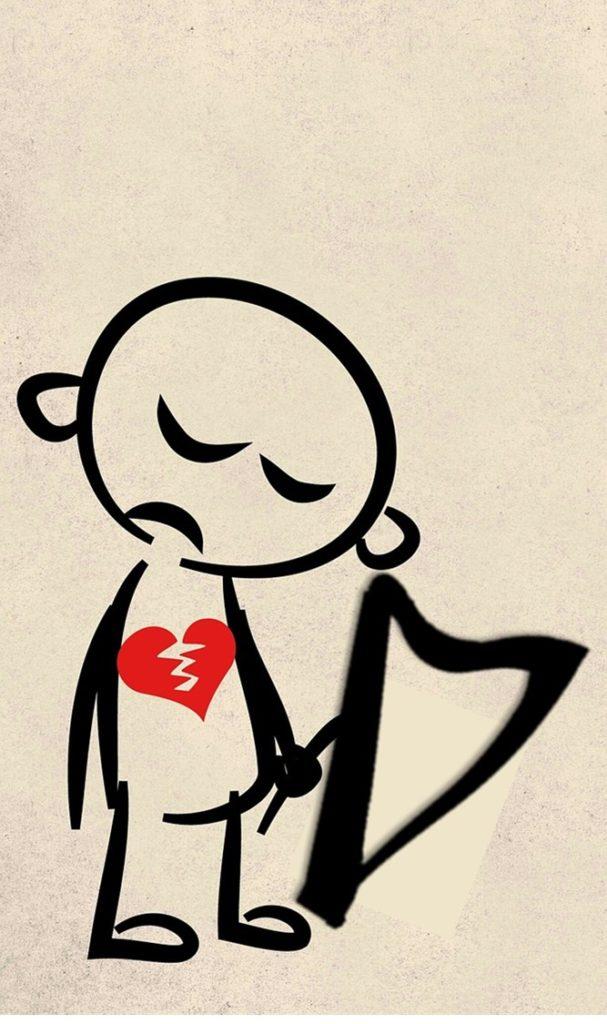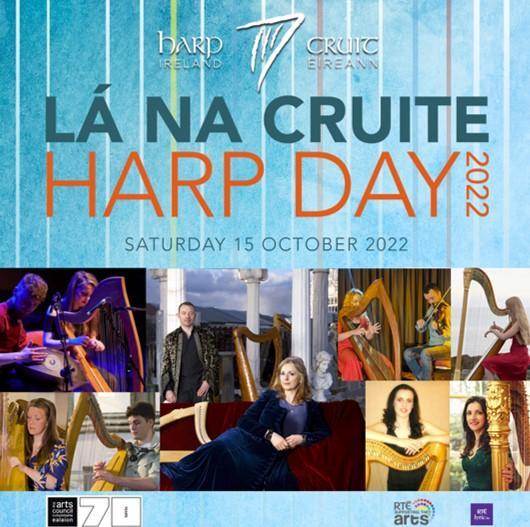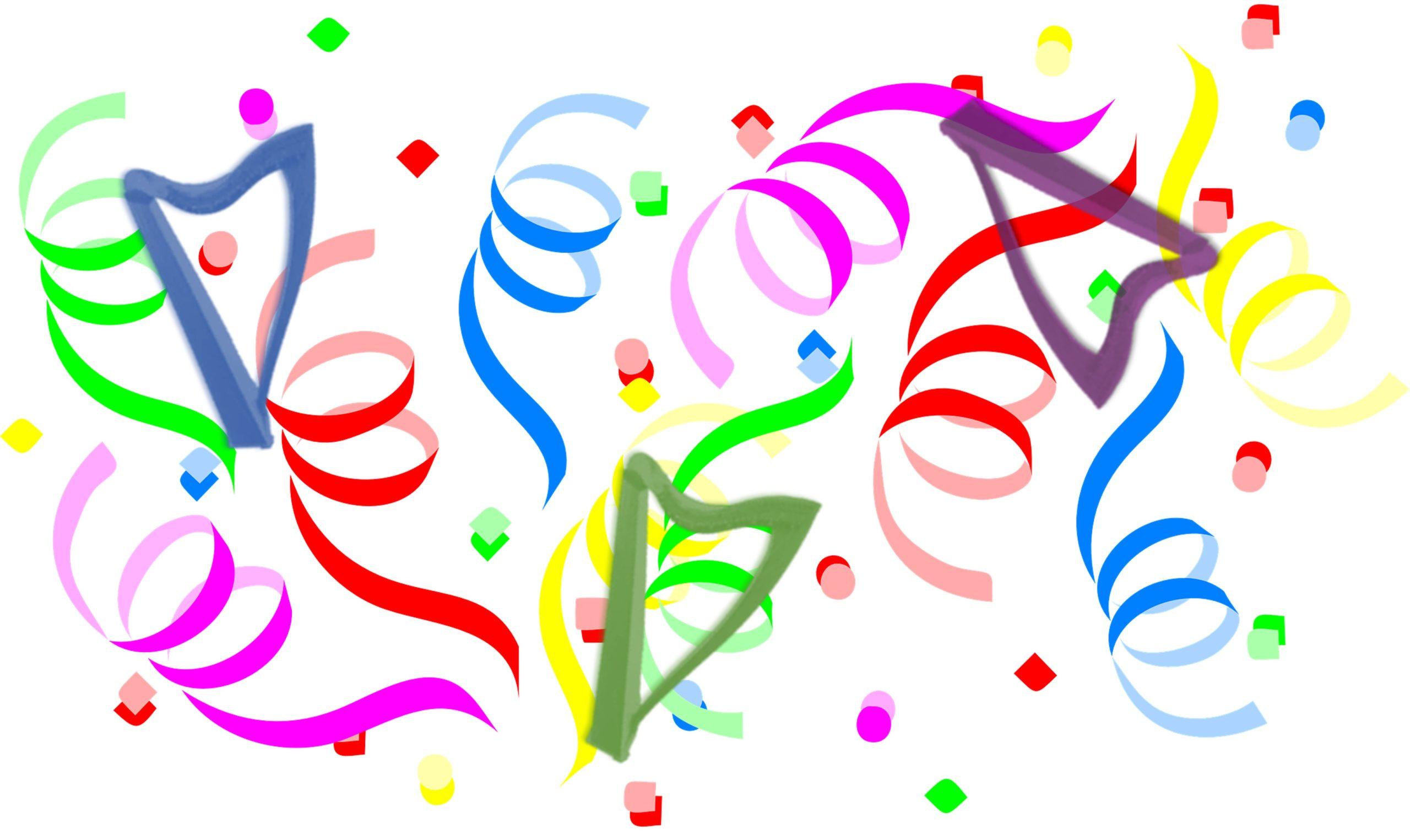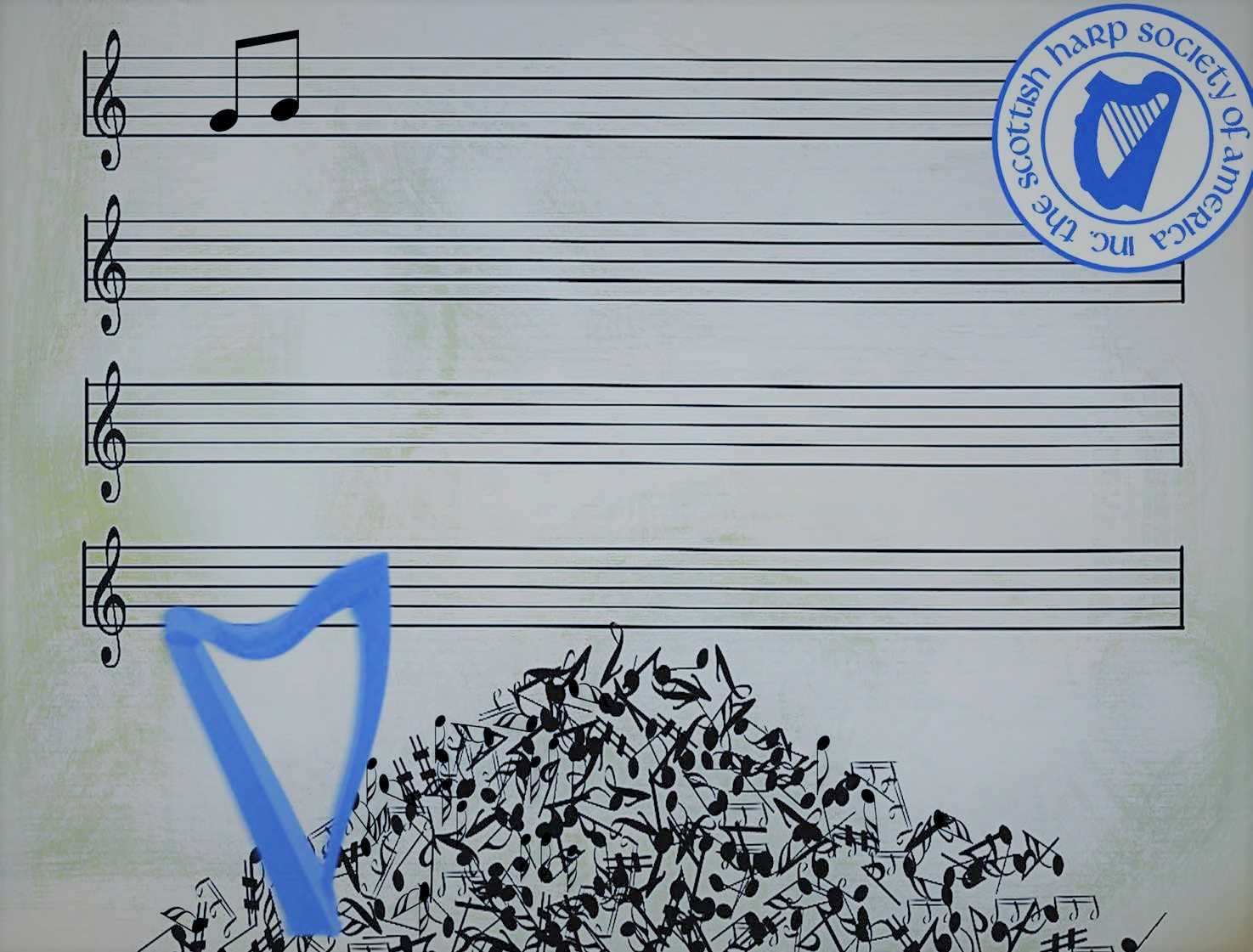Taking the lead
Here we go! It’s December and that brings, well, you know. We have a lot going on (why yes, even more than usual!). All that can get in the way of your practicing which might make you fell less than sturdy when it’s time to share all your holiday tunes.
After all, everything you play (typically) is a tune everyone who’s listening already knows. And, since it’s material we only get to play if for about a month (well, this year it was more like more than two months starting before Halloween), it’s easy to get less learning and practice in. That might leave you feeling not quite prepared. Feeling comfortable could end up being a luxury.
Of course, that wobbliness can leave you feeling vulnerable – if you make a mistake – everyone will know – because they are so familiar with the tunes. That can feel like a lot of pressure on you. But what if we turn that on its head?
Because when everyone knows the music, you are sort of free. Stop looking at me (metaphorically) like I’m crazy! When everyone knows the music – it makes everything you play even more of a connection to those you’re playing for – how cool is that?!
You might feel like you must play perfectly, but…yawn. That everyone knows the music is exactly what makes this repertoire so much fun! So what if you add some “flourishes” or “jazz improvisations”? Here’s a great opportunity – you may find you have a knack for generating your own arrangements (on the fly). If you’re afraid (or just still telling yourself that you can’t do it) maybe start a gentle transition. Find the tunes you already play in a lead sheet form. Then you have the backup of knowing what should get played there – but you get to decide how it should sound. And if you’re not struggling to get a prewritten arrangement read through, you might also have time to insert some ornaments or variations (on purpose!).
I’m not suggesting you do this on the fly – but there’s still time to make the shift to a lead sheet so you can get used to reading that form and practice making it up as you go along (so it will be easier). Keep notes on what you’re doing, what you like and what you don’t, as well as keeping all the kind comments you get – that way, next year, you’ll have a leg up!
Where are you playing for the holidays? Do you have a favorite tune that you might move to a lead sheet on? What is it? Let me know in the comments!
